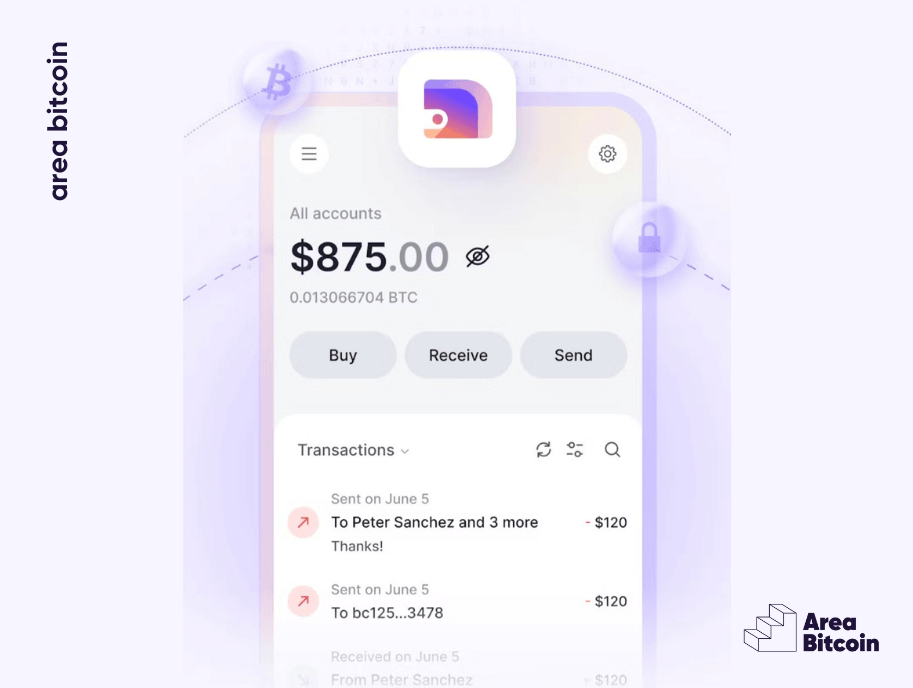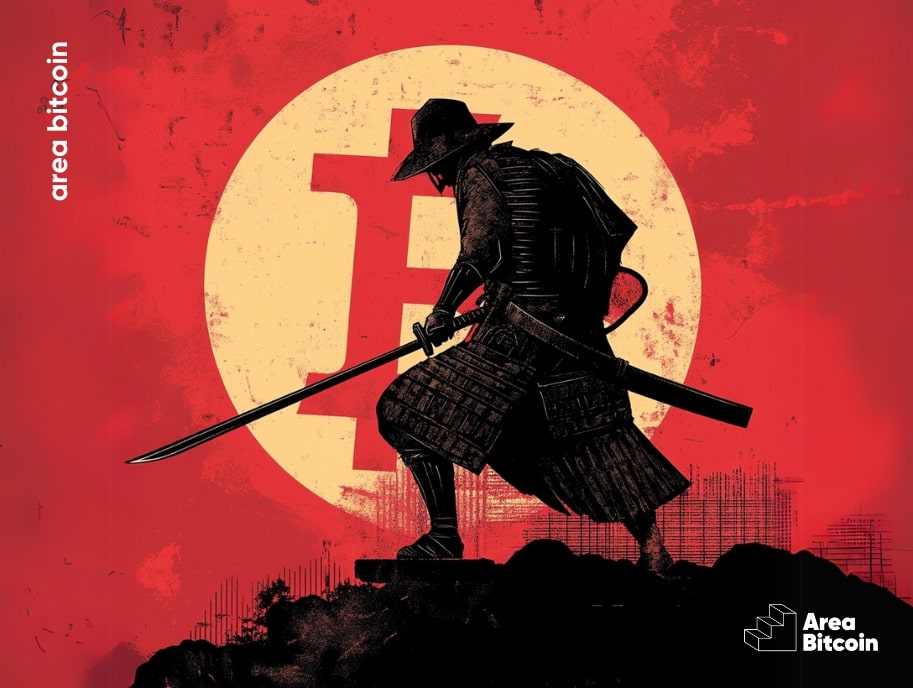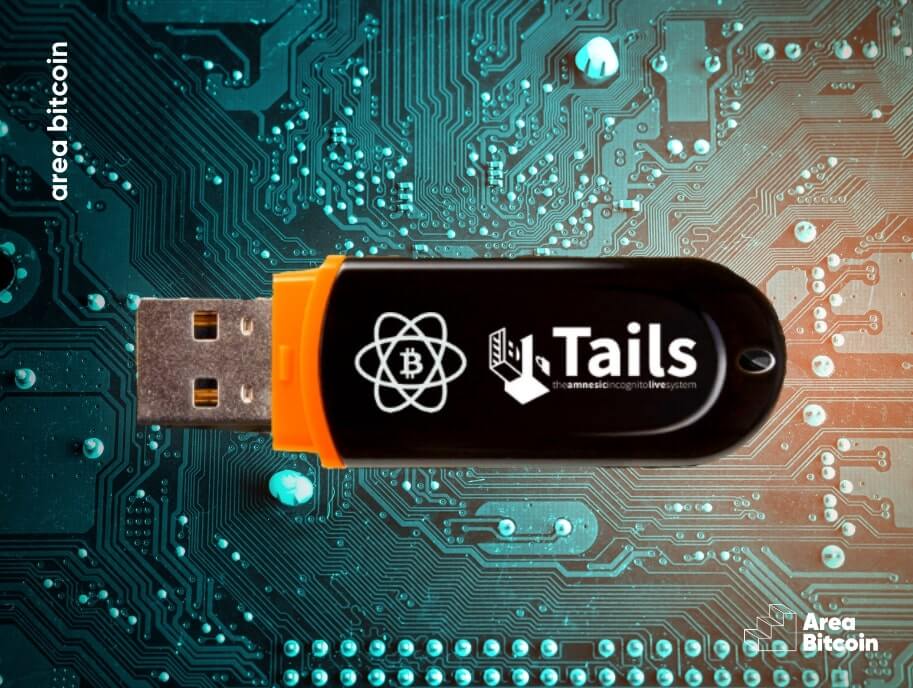With Bitcoin, you can be your own bank.
To do this, just take your satoshis from the brokerage and send them to a non-custodial wallet, where only you will have access to the keys that allow you to move the balance. Unfortunately, most people don’t use this feature: either because they don’t have access to good wallets or because they don’t trust themselves so much (after all, the responsibility for the coins becomes 100% of the individual).
If, on the one hand, there are centralized exchanges that can block withdrawals, on the other hand, storage of the coins by yourself requires more responsibility and knowledge.
Is there a middle ground? Any solution that allows a safe storage in a more simplified way?
The answer is yes, and the middle ground is called Fedimint.
This article is exactly about that, and its objective is to explain what Fedimint is and how it works.
In this text, you will find:
- The alternatives
- What is Fedmint?
- How will Fedimint work?
- What does Fedimint solve?
- What are the risks and problems of Fedimint?
The alternatives
Unfortunately, many people still leave their Bitcoin at brokerages or banks, being held by third parties. This is exactly what must be avoided. Buying Bitcoin from an exchange and leaving it there or buying Bitcoin from a bank that doesn’t allow you to withdraw is the worst thing you can do. You need to trust that:
- the brokerage or bank will not go bankrupt and will give you your Bitcoin if you ask to withdraw;
- they won’t rob you;
- the State won’t freeze your account at any time or take your coins, as it can easily do – just like the US did with its population’s gold in 1993 and just like the Brazillian Ex-president Fernando Collor did in 1990 when he confiscated savings to “save the economy from hyperinflation.”
It’s always good to remember that we never know what’s going to happen tomorrow – it’s always good to be prepared for the worst. Keeping your Bitcoin with third parties is trusting too much in a company and the State (which does not have such a positive track record).
Thus, the ideal scenario is to do your own custody: leave your Bitcoins in a wallet, preferably a hard wallet, and securely store the 12 words.
That said, Fedimint is a third option that is being developed right now. As the creators of the project themselves like to say, Fedimint is an intermediary between self-custody and third-party custody – many are calling it secondary custody, where you trust a community you know well.
What is Fedmint?
One of the creators of the project, Obi Nwosu, owned an English brokerage and always wanted to bring Bitcoin to Nigeria.
However, he could not think of alternatives to do this, as many Nigerians do not comply with the KYC (know your customer) rules of centralized exchanges or do not have the access or money to buy hard wallets. Furthermore, many do not know how to store their private keys well.
One day, after selling his brokerage, he met Eric Sirion, a developer who was looking for partners for his project: the creation of Federations (formed by people who knew each other) to help integrate new individuals into the Bitcoin ecosystem. A few conversations were enough for them to decide to run this project together.
They understood that Fedimint could be a way to bring Bitcoin to remote populations, immigrants, etc. The project may be able to accelerate “hyperbitcoinization” as it improves Bitcoin’s scalability. It is worth noting that the aim is not to compete with hard wallets, for example, but to ensure that more people have access to a better and safer way to store Bitcoins than centralized exchanges.
For Obi, there are 3 key fundamentals in Bitcoin:
- be decentralized;
- be censorship resistant
- be global.
For him, any project that makes sense for Bitcoin must maintain these three fundamentals. According to Obi, there are three major Bitcoin projects that fulfill these requirements.
The first is Bitcoin currency itself; it is a decentralized, uncensorable, global store of value.
The second pillar is the Lightning Network, which is also a decentralized, uncensorable, and global form of payment.
Finally, the third and newest pillar, Fedimint! A less centralized custody protocol than exchanges, uncensorable and global.
How will Fedimint work?
Fedimint operates as a layer built on top of the Bitcoin network, introducing a new concept called “Ecash.”
Ecash serves as a privacy-focused digital token that represents Bitcoin held by users within the Fedimint system.
Think of a group of people, inhabitants of a village, for example, who decide to come together to use Bitcoin. Together they will collectively form a Federation and will not require any financial institution.
This Federation will have Guardians, who will be responsible for running the Federation’s server and backing up everyone’s Bitcoin private keys.
Once users deposit Bitcoins into Federation addresses, they will receive a token called Ecash backed by Bitcoin. Thus, the residents of that village can make their transactions with Ecash and, whenever they wish, convert the value back into Bitcoin.

As Ecash transactions are not registered directly in the Bitcoin Blockchain, they can be done more quickly and with much lower fees. Therefore, Fedimint, like the Lightning Network, is a protocol that seeks to expand the scalability of Bitcoin so that more people can use it.
For that purpose, Fedimint also has Lightning network integration.
To make payments to individuals who are not part of the Federation, users can simply send Bitcoins using either the on-chain or Lightning network. In this process, their Ecash tokens will be burned, and the recipient will receive Bitcoin through either the on-chain or Lightning network.
It is important to say that the Guardians do not know how many bitcoins each user has, and every time someone makes a payment or a deposit, they will not know who it is.
Its main function is to store the private keys of the Federation wallet, which is also a multi-signature wallet. Thus, a majority of Guardians need to accept a transaction that will be made on behalf of the Federation to an external wallet. This brings more security and decentralization to the protocol.
Blind Signature
The mechanism that allows all this is called “Blind Signature” and was created by David Chaum in the 90s.
This type of signature provides greater privacy to its users. Transactions involving Ecash are not as transparent as those made with Bitcoin, which are recorded on the Blockchain.
On the Blockchain, we can only observe the creation and dissolution of transactions within these Federations. However, due to the Taproot update, multi-signature subscriptions for Lightning channel openings or Federation formations may appear as regular transactions, potentially further enhancing privacy.
Furthermore, what happens within the protocol is very private, as members of Federations have very limited access to the balance and private keys of other members.
There is an analogy often used to explain the cryptographic “Blind Signature” created by David Chaum. Imagine that someone has put a blank piece of paper inside an envelope; only the paper is lined with carbon paper.
A Federation Guardian signs the envelope on the outside, not knowing what’s inside. So whoever receives the envelope will see the signature marked by the carbon paper on the white paper.
In this way, the external signature allows the transaction to take place because the inner paper of the envelope was also signed, even if the person responsible for the signature does not know what its contents are.
In this way, the protocol remains secure as there are confirmations of transactions by the Guardians, but it remains private as they do not know what the members are doing with those Bitcoins.
What does Fedimint solve?
The biggest benefit of Fedimint is that entire communities are no longer dependent on banks and states to transact values between themselves. It makes it much easier for people who don’t have technical knowledge about Bitcoin to start using it because it reduces the difficulties of self-custody with 100% responsibility.
Taking the example of the Nigerian village, only a small portion of people would need to own some more elaborate equipment to be a Guardian and make the Federation work.
The others would only need a cell phone application, and from there, they would be able to connect to the Federation and start using Bitcoin in their daily lives.
Guardians are typically individuals who already handle their own custody and possess greater technical proficiency in executing this process. This is akin to the historical practice where the strongest members of a village would protect the weaker ones. Similarly, in the context of Guardianship, this principle applies.
It is not uncommon to come across this project and immediately associate it with the idea of villagers having to place their trust in the Guardians, as they will hold the private keys. However, this notion runs counter to the principles we advocate for, such as sovereignty and self-custody.
So the question remains: could guardians steal everyone’s Bitcoins?
The answer lies in the fact that such an occurrence would be highly unlikely. With the implementation of multi-signatures, transactions require the approval of multiple individuals, making it significantly more challenging for any Guardian to abuse the trust placed in them.
However, placing trust in the Guardians involves a trade-off that, in certain situations, may be considered valuable. For instance, individuals who lack confidence in storing their private keys independently or those who are unfamiliar with self-custody methods may view Fedimint as an opportunity to attain a higher level of sovereignty compared to their current situation, even if it is not considered ideal for Bitcoiners.
Obi further highlights that, contrary to the Western perspective we are accustomed to, trust among individuals in small communities and villages is often remarkably high. Moreover, the Federation can function in diverse ways, such as a family establishing its own Federation or a group dedicated to supporting refugees forming one to facilitate sending money to individuals facing exclusionary circumstances. Consequently, the incentives of the Guardians are inclined to align with those of other users.
It is important to note that the Guardians cannot be financial institutions or individuals and companies driven by profit-seeking motives. Such entities would create a conflict of interest within the system. Unlike Bitcoin, which operates on a trustless basis, meaning that no reliance on trust is necessary, Fedimint does require a certain level of trust to function effectively.
What are the risks and problems of FediMint?
While transactions with Fedimint offer a high level of privacy, it does face a centralization issue. However, it’s important to recognize that what may be perceived as a problem for some can be seen as a solution for others. For individuals who have access to wallets and possess the knowledge of how to store their funds securely, this traditional approach remains the optimal choice.
Nevertheless, when considering the broader objective of achieving global adoption of Bitcoin, Fedimint can serve as a valuable tool to facilitate the entry of numerous individuals into this ecosystem in a simpler manner.
With a planned launch in the first quarter of 2023, we will closely monitor the progress and development of Fedimint to determine whether it will genuinely establish itself as another layer within the Bitcoin network.
Stack sats and opt out!
Carol Souza
Share on your social networks:

One of the leading Bitcoin educators in Brazil and the founder of Area Bitcoin, one of the largest Bitcoin schools in the world. She has participated in Bitcoin and Lightning developer seminars by Chaincode (NY) and is a regular speaker at Bitcoin conferences around the world, including Adopting Bitcoin, Satsconf, Bitcoin Atlantis, Surfin Bitcoin, and more.
Did you like this article? Consider buying us a cup of coffee so that we can keep writing new content! ☕







